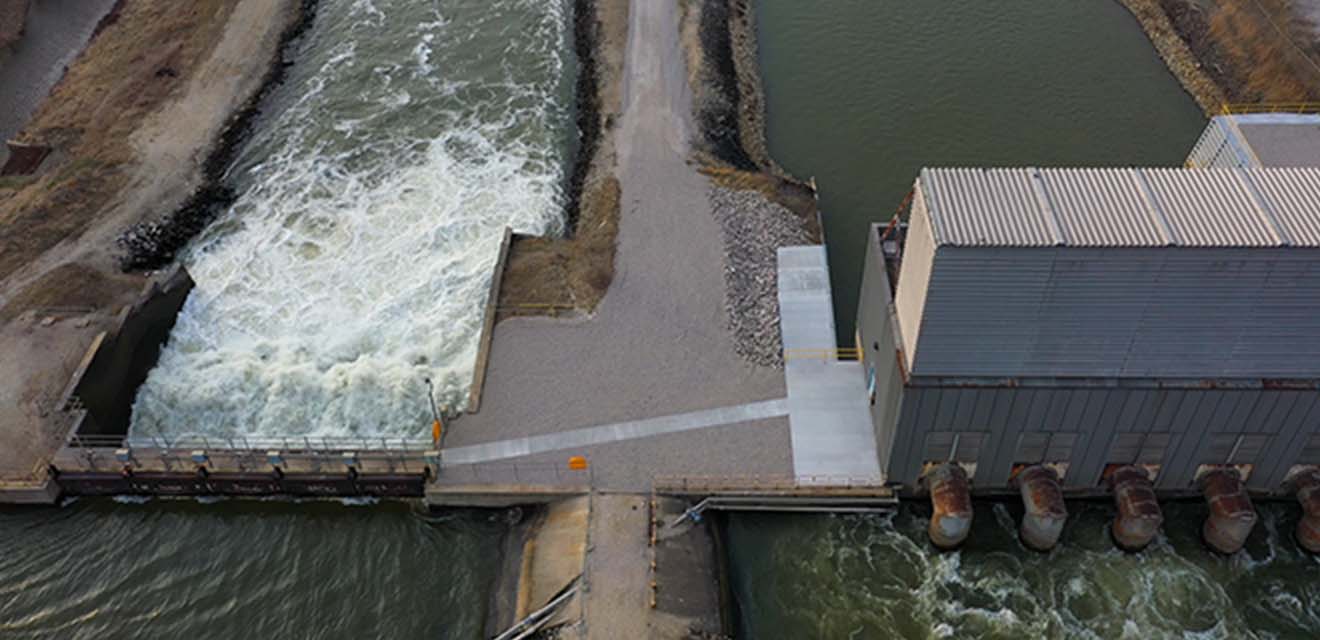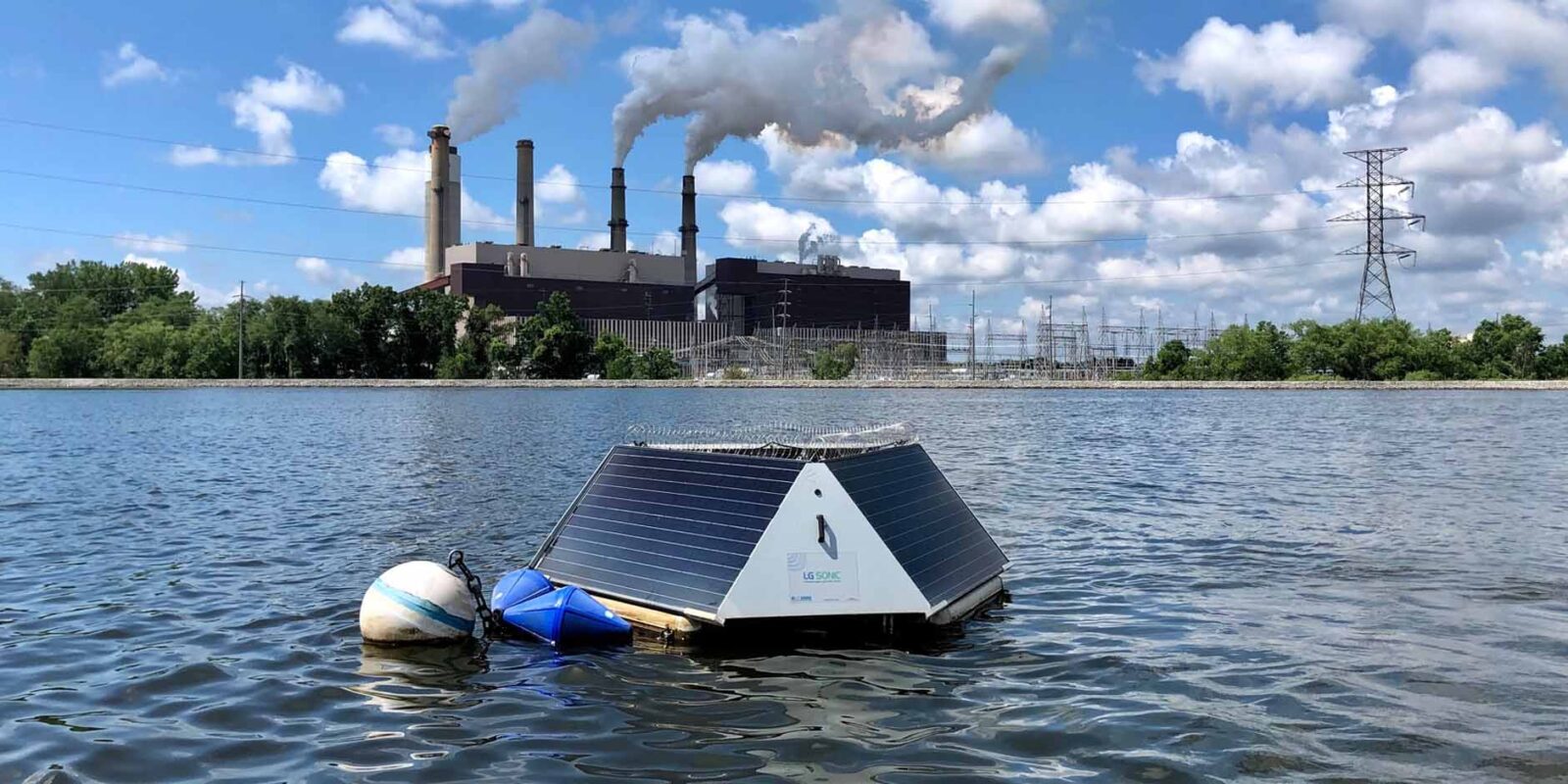In short
- The POWER Water Award recognizes outstanding water-related projects;
- This year, the award recognizes NIPSCO’s application of LG Sonic ultrasound to lower TSS and pH;
- Since using LG Sonic technology, NIPSCO stayed compliant with the NPDES limits.
Northern Indiana Public Service Co. (NIPSCO) received the Water Award by POWER magazine for meeting NPDES permit limits sustainably with ultrasound treatment.
Who is POWER?
POWER is an essential source of information for the power generation sector. Industry professionals can find valuable resources concerning business operations, legal issues and regulations, as well as best practices, safety issues, and productivity.
POWER is much more than a magazine; it’s a brand that creates publications, trade shows, conferences, and print & electronic media (e-newsletters, videos, webinars, and conference offerings).
Why is the Water Award important?
The POWER Water Award recognizes outstanding water-related projects worldwide at power plants that demonstrate excellence in managing water and/or wastewater streams.
Winning projects tackled water stewardship, water quality, or wastewater disposal using innovative, cutting-edge approaches.

This year, the award recognizes NIPSCO’s application of LG Sonic ultrasound to lower total suspended solids (TSS) and pH levels by controlling algal blooms.
Algal blooms alter pH and TSS levels. LG Sonic’s unique ultrasound effectively controls algae, lowering pH and TSS levels.
Complying with strict regulations
Power generating facilities like NIPSCO need to keep their discharge within strict ranges. The inability to comply with the discharge limits may result in fines and in the inability to operate the generating units.
In the US, the National Pollutant Discharge Elimination System (NPDES) regulates point sources that discharge pollutants into water bodies. To maintain water quality in receiving waters, NPDES permits impose effluent limitations. The guidelines and standards for limiting effluent from non-municipal sources are established by the US Environmental Protection Agency (EPA).
NIPSCO operates four coal-fired units with a capacity of approximately 1,943 MW. The facility takes its cooling water from the Kankakee River. Before being returned to the river, the water is discharged to a final settling basin. This basin is 194 acres in size and has an average depth of approximately 10.7 feet. The water discharge must comply with the NPDES limitations.
TSS must be below 30 parts per million (ppm) a day and less than 15 ppm monthly to ensure compliance with the standards. Additionally, the pH must be less than 9.
Settling ponds are usually rich in nutrients. Water in the basin absorbs heat as it passes through the condensers in the plant, making it warmer than river water. This leads to algae growing quickly and negatively impacting both TSS and pH levels.
Giving up on algaecides
To comply with the NPDES limitations at the final settling basin, NIPSCO used algaecides for years. However, algaecides can be costly. And due to the pond discharge going back to the river, they couldn’t be added directly to the basin.
Despite using chemicals, the filters from the TSS samples remained green due to the presence of algae. The company considered filtering the pond discharge, but this wasn’t economically feasible.
“We were using both an algaecide [quaternary amine] and a UV-blocker at all our cooling towers. By the end of season [2019], we eliminated using the UV-blocker chemical and we reduced the algaecide by 25%. In 2020, we were able to further reduce use of algaecide to 33% of what we used before the [MPC-Buoy] installation.”
– Brian Snyder, Sr. Chemical & Environmental Specialist at NIPSCO.
The eco-friendly solution
The MPC-Buoys are floating, solar-powered systems that combine continuous water quality monitoring, web-based software (MPC-View), and low-power ultrasound technology to control algal blooms in real-time. The buoys are anchored in the water.
They emit ultrasonic waves, creating a sound layer in the top layer of the water, impacting the buoyancy of algae cells. These cells sink to the deeper water layers, where they cannot access sunlight anymore and naturally die.
Watch the video and read the complete NIPSCO case study here.
